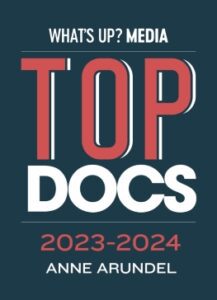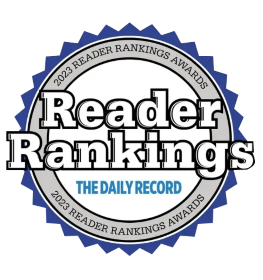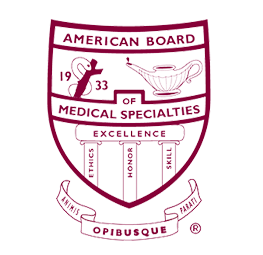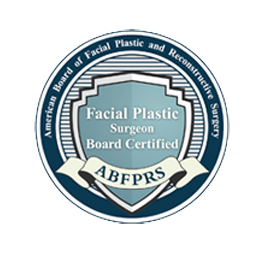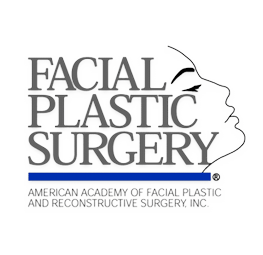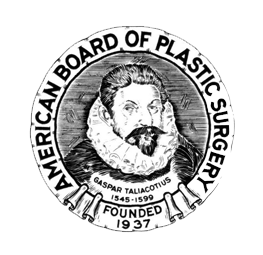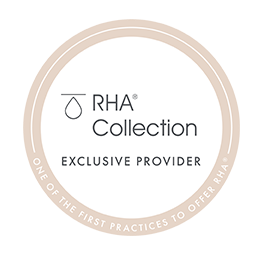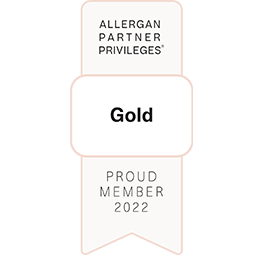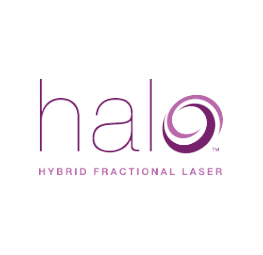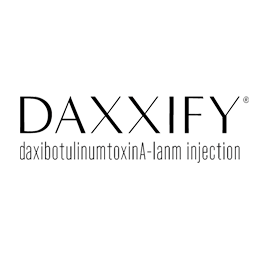FAQ
Coolsculpting FAQs
Answers to commonly asked questions about the CoolSculpting® procedure are provided below. If you have additional questions or concerns, contact us directly and we will assist you.
(*Answers courtesy of Zeltiq)
Am I a Good Candidate For The Coolsculpting Procedure?
The CoolSculpting fat-reduction procedure is specially designed for those who have unwanted fat in targeted areas. Unlike weight-loss surgery (e.g., gastric bypass), the CoolSculpting procedure is not a weight-loss solution for people who are obese. Good candidates for the CoolSculpting procedure have noticeable bulges in certain areas they’d like to get rid of. Many people want a non-surgical alternative to liposuction.
How Much Does The Coolsculpting Procedure Cost?
The price for CoolSculpting procedures varies depending on your areas of concern, the number of treatments needed, and your ultimate goals. Most patients opt to receive treatments in multiple body areas in order to achieve their goals. The cost typically ranges between $2,000-$4,000 for their personalized treatment plan depending on the number of areas treated.
Create a customized treatment plan with your CoolSculpting provider that’s tailored to your body, your goals, and your budget. Many CoolSculpting practices even offer flexible payment plans to help patients achieve their goals.
How Long Is Each Treatment? How Many Treatments Will I Need?
Your CoolSculpting physician will help you create an individualized treatment plan tailored to your specific goals. The length of your CoolSculpting treatment will vary depending on the number of areas being treated during one visit. The latest technology of CoolSculpting can treat a patient in 35-60 minutes; some patients have more than one treatment during the same office visit. Some practices even have multiple CoolSculpting systems and applicators, so it’s possible for a patient to have multiple areas treated at once. You and your provider may also schedule additional treatments or office visits in order to meet your goals.
Many people read, check email, or even take a nap during their treatments. Still curious? Hear about the CoolSculpting experience from people just like you.
Can The Coolsculpting Procedure Reduce Fat Anywhere On My Body?
In the U.S., the CoolSculpting procedure is FDA-cleared for the treatment of visible fat bulges in the submental area, thigh, abdomen and flank, along with bra fat, back fat, and underneath the buttocks (also known as banana roll). Outside the U.S. and Taiwan, the CoolSculpting procedure for non-invasive fat reduction is available worldwide. See What Is CoolSculpting? for more details.
I Don’t Like My Double Chin. Can The Coolsculpting Procedure Help Me Lose It?
Yes! The CoolSculpting procedure can treat visible fat bulges under the chin and contour the neck. Freezing away fat from a double chin is as easy and tolerable as using the CoolSculpting procedure in other parts of the body (e.g., abdomen, flank/side, thighs). With CoolSculpting treatment for a double chin, patients see results after just 1 to 2 visits. And with no surgery, no needles, and no downtime. See Lose Your Double Chin for more details.
How Is The Coolsculpting Procedure Different From Kybella™ Chin Fat Treatments?
Kybella is an injectable prescription treatment. Kybella chin fat treatments involve 30 injections per treatment area per session (and patients typically need 2 to 4 sessions). If a patient needs numbing injections to reduce the pain of Kybella injections, that adds more needles and more injections. Some patients may experience throat swelling after Kybella treatments.
The CoolSculpting procedure is a non-invasive procedure, which means there are no needles or injections—ever!
Where Does The Fat Go? Are The Results Permanent?
Once the treated fat cells are crystallized (frozen), they die and are naturally processed and eliminated from the body. Once the treated fat cells are gone, they’re gone for good. Check out the How It Works of the CoolSculpting procedure to learn more.
What Does It Feel Like?
As the cooling begins during the first few minutes, you typically feel intense cold. This soon dissipates. With some applicators, you’ll feel some pulling as suction is applied. The area generally goes numb within 5 to 10 minutes during treatment. Many people read, watch videos, work on their laptop, or even take a nap during their CoolSculpting treatment.
After the treatment, you may feel some tingling as the area is massaged for 2 or 3 minutes. Patients are usually able to return to normal activities following their appointment. What to Expect has more information about what happens before, during, and after your CoolSculpting procedure.
Is The Coolsculpting Procedure Safe?
The CoolSculpting procedure is FDA-cleared for the treatment of visible fat bulges in the submental area, thigh, abdomen, and flank. As the #1 non-invasive fat reduction procedure and with millions of CoolSculpting procedures performed worldwide, it is proven to be a safe and effective treatment. *
Who Should Not Have The Coolsculpting Procedure?
The CoolSculpting procedure is not for everyone. You should not have the CoolSculpting procedure if you suffer from cryoglobulinemia, cold agglutinin disease, or paroxysmal cold hemoglobinuria. The CoolSculpting procedure is not a treatment for obesity. As with any medical procedure, ask your physician if the CoolSculpting procedure is right for you.
Are There Any Side Effects?
During the procedure you may experience sensations of pulling, tugging, mild pinching, intense cold, tingling, stinging, aching, and cramping at the treatment site. These sensations subside as the area becomes numb. Following the procedure, typical side effects include temporary redness, swelling, blanching, bruising, firmness, tingling, stinging, tenderness, cramping, aching, itching, or skin sensitivity. Sensation of fullness in the back of the throat after submental area treatment. These effects are temporary and generally resolve within days or weeks. Though rare, some additional side effects may occur. As with any medical procedure, ask your physician if the CoolSculpting procedure is right for you.
Can I Return To Normal Activities After My Treatment?
Yes, you can. The CoolSculpting procedure is completely non-surgical, so typically you can return to normal activities immediately. Patients often return to work on the same day after a CoolSculpting treatment is completed.
I’ve Had My Coolsculpting Procedure. Now What?
Always be sure to schedule a follow-up assessment with your CoolSculpting provider to review your results and discuss the option of additional treatments. Try to maintain a healthy lifestyle. A healthy body is a happy one. And we want you to be happy with your results!
When Will I See Results?
You may start to see changes as quickly as 3 weeks after your treatment and will experience the most dramatic results after 2 months. Your body will still continue to flush out fat cells for up to 4 to 6 months after treatment. The Before & After gallery shows what results look like several weeks after CoolSculpting treatment.
Do I Need To Take Special Supplements Or Follow A Strict Diet And Exercise Program?
No supplements are required after your CoolSculpting treatment. It’s not a diet and exercise program, so you won’t need to change any of your lifestyle habits. Many patients do feel more motivated to take care of themselves after a CoolSculpting treatment. It’s as if they got a second lease on their body!
What Happens If I Gain Weight After My Coolsculpting Procedure?
Many people, after seeing the results from their CoolSculpting procedure, feel even more motivated to stay close to their ideal weight. However, if you do gain weight, you may gain it evenly all over your body, not just in the treated areas*. Learn more about fat cells and weight loss.
*Disclaimer, results may vary.
Breast Reduction/Lift/Implants/Reconstruction FAQs
Is It Painful?
Your breasts will probably be sore for two or three days after the procedure. The pain is usually its worst within the first 48 hours but improves with each day. We’ll give you pain medication if you’re sensitive to pain.
What Is the Recovery Period Like?
The gauze dressing will be removed after a couple of days to a week. You’ll wear a surgical bra for several weeks. Your stitches will then be removed about one week after the surgery (if there are any to remove). Your breasts will be bruised, and you may experience temporary numbness around the nipples, as well as random shooting pains. These conditions generally subside within several weeks.
How Long is the Downtime?
You need to limit your activities and movement to prevent breaking the stitches and stretching the scars for the first few days. Most women can return to work after two weeks (sometimes sooner). Avoid overhead lifting and strenuous movements for several weeks.
*Is Breast Reduction Surgery Covered By Insurance? (only Breast Reduction)
Insurance coverage is sometimes available. Many factors will determine your eligibility, including the specific terms of your insurance policy and the amount of breast tissue to be removed. A letter of predetermination may be required by your insurance company prior to surgery.
*Is Breast Reconstruction Surgery Covered By Insurance? (only Breast Reconstruction)
In 2018, over 100,000 breast reconstruction procedures were performed — a significant increase since the early 2000s. This increase was due in part to the passage of the Women ’s Health and Cancer Rights Act of 1998. The law, supported by the American Society of Plastic Surgeons, mandates insurance coverage for breast reconstruction and the alteration of the opposite breast for symmetry for women who have undergone mastectomy.
Rhinoplasty FAQs
How is the rhinoplasty procedure performed?
Our rhinoplasty procedures are typically performed by Dr. Bryan Ambro under general anesthesia at our comfortable and convenient surgery center in the Sajak Pavilion at the Anne Arundel Medical Center in Annapolis. There are a variety of techniques that Dr. Ambro performs for rhinoplasty. This may involve either an open or closed surgical technique.
For the open surgery technique, an incision is made to expose the bone and cartilage, which is then reshaped for a more aesthetically pleasing appearance. A closed rhinoplasty involves making incisions on the inside of the nostril. Generally, this technique is for more minor revisions.
All incisions will be placed in well-hidden areas and meticulously closed with dissolvable sutures. The technique chosen is done on an individualized basis so that the best, most natural-appearing result can be achieved.
How much downtime will there be?
We recommend that patients take a week off from school or work after having a rhinoplasty procedure. An external splint/cast will be placed on the nose to aid in healing and is removed 5-7 days after the procedure. Swelling and/or bruising are common to experience and will gradually decrease over 1-2 weeks.
I had a nose job from another doctor, but I’m unhappy with the results. What can I do?
Dr. Ambro offers revision rhinoplasty to reshape the nose after a previous rhinoplasty procedure either to improve the cosmetic outcome and/or breathing function. It is generally recommended that you wait 6-12 months from date of your first surgery before having a revision procedure.
Will my insurance cover my rhinoplasty?
The cosmetic aspects of a rhinoplasty procedure are not covered by medical insurance. However, your insurance may cover the cost of the reconstructive portions of procedures, which are performed to improve breathing function. We will handle any of the necessary billing components to ensure that you receive your maximum insurance benefits towards your surgery.
How long is the surgery?
The length of surgery varies from one patient to another, but generally ranges from 2-4 hours. You will remain at our surgery center under supervision until you recover from the anesthesia.
What is a deviated septum?
The septum is made of bone and cartilage and is what separates the nose into two chambers. In some cases, the septum is not straight and can be “deviated” or “crooked”. This misalignment can cause an obstruction in the nasal passages and cause difficulty when breathing. To fix this, Dr. Ambro can perform either a septoplasty or a septorhinoplasty in conjunction with a rhinoplasty.
Liposuction FAQs
How will my skin look after surgery?
The changes following liposuction are similar to what you’d see if you could lose an equal amount of localized fat through diet and exercise. As with diet and exercise, dimples, ripples and stretch marks can’t be removed.
Will liposuction get rid of cellulite?
Liposuction is not a treatment for cellulite.
What will my recovery be like?
You will wear a snug elastic dressing, girdle, or body stocking over the treated area for the next several weeks. You’ll go home after the procedure and rest for at least 24 hours. You can expect some pain along with bruising and swelling in the first few days after the procedure is performed. After 2- 3 days, you may resume non-strenuous activities. You may gradually increase your activity as tolerated. Serious exercise will have to be postponed for 14-30 days or more.


